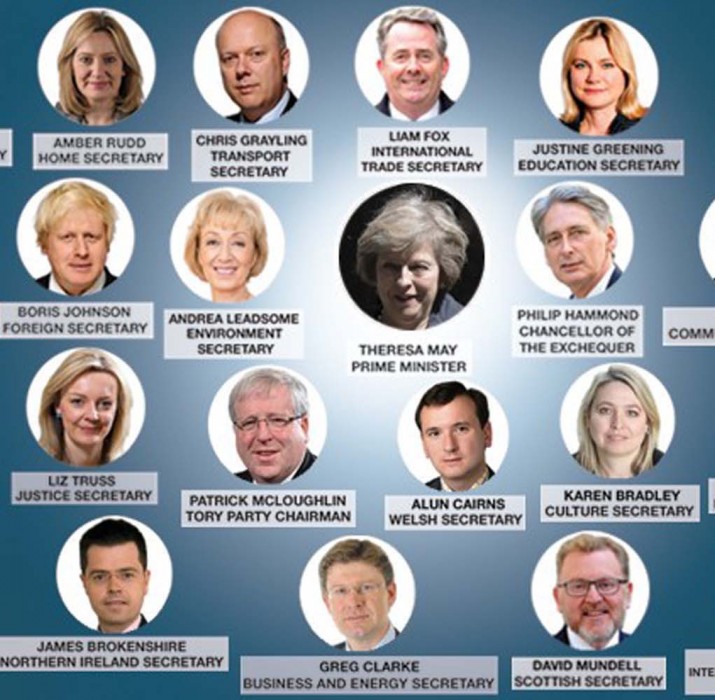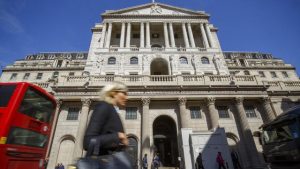May’s Cabinet has been announced: here’s the list
Theresa May has announced the key appointments to her cabinet: Philip Hammond as chancellor, Boris Johnson as foreign secretary and Amber Rudd as home secretary.

Theresa May has announced the key appointments to her cabinet: Philip Hammond as chancellor, Boris Johnson as foreign secretary and Amber Rudd as home secretary. Also revealed were the newly created roles of secretary of state for exiting the European Union, Brexit minister, which is to be taken up by David Davis; and a new Department for International Trade, to be headed up by Liam Fox. The defence secretary, Michael Fallon, stays in his role.
However, Commentators were quick to identify the contradiction in Theresa May’s new government. As Robert Peston put it, “her rhetoric is more left wing than Cameron’s was, her cabinet is more right wing than his was.”
One shouldn’t overstate how left wing May’s words were. After all, David Cameron had tried to rebrand what she famously called the “nasty party” as the champions of “compassionate Conservatism”.
Not long after he became party leader in 2005, the Tory ideologue Tim Montgomerie distinguished between “a Soho form of Tory modernisation and an Easterhouse approach to party renewal”. The first he identified with Cameron and his close ally George Osborne, the name of the second comes from the Glasgow housing estate.
Montgomerie elaborated, “The Soho modernisers constantly emphasise issues of homosexuality and drugs. The Easterhouse modernisers propose a different kind of modernisation. They want the Conservative Party to champion the strivers. The strivers—or battlers—are those people on average or below average incomes who cannot afford Labour’s stealth taxes or failure to reform the public services. ”









